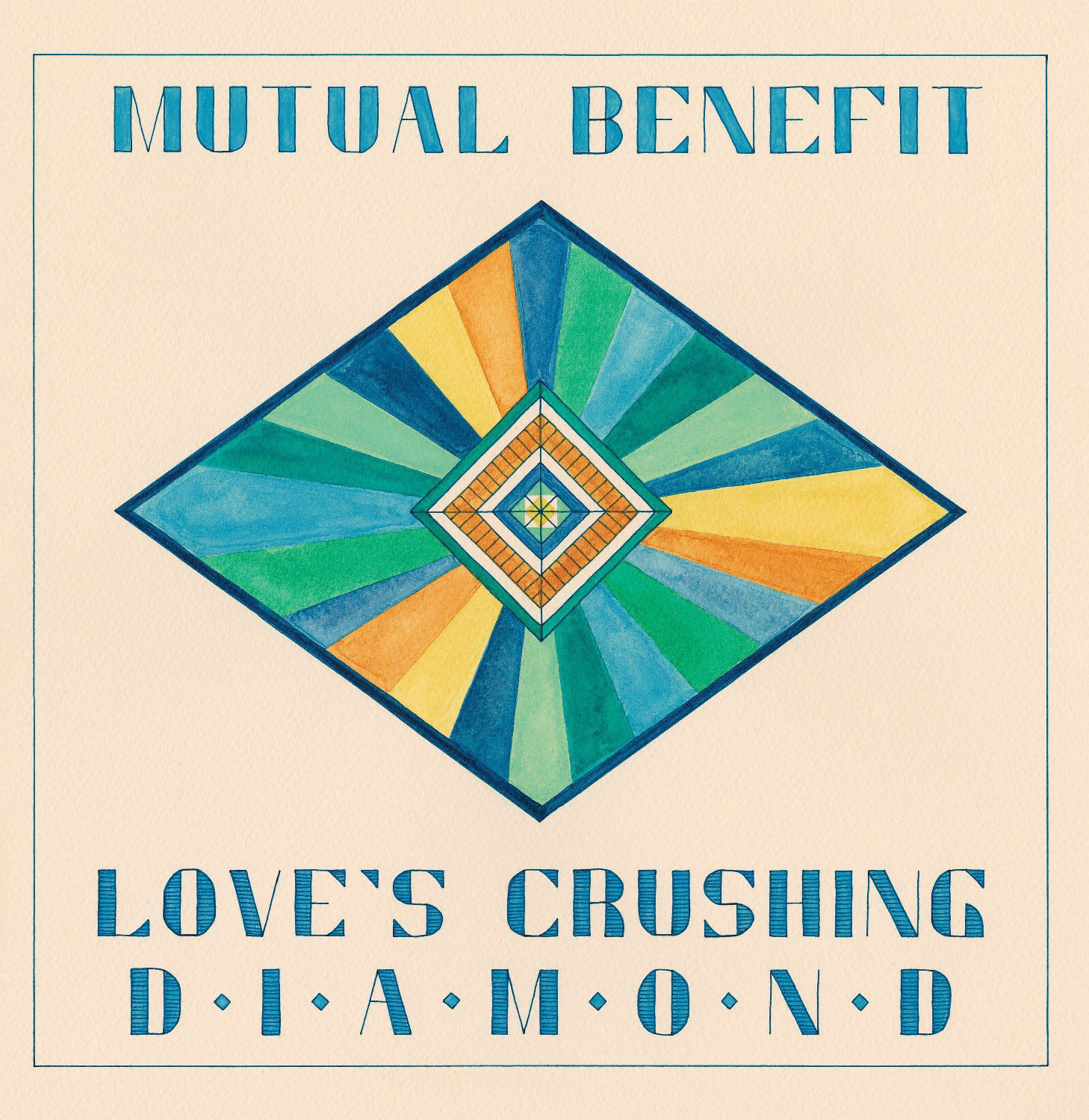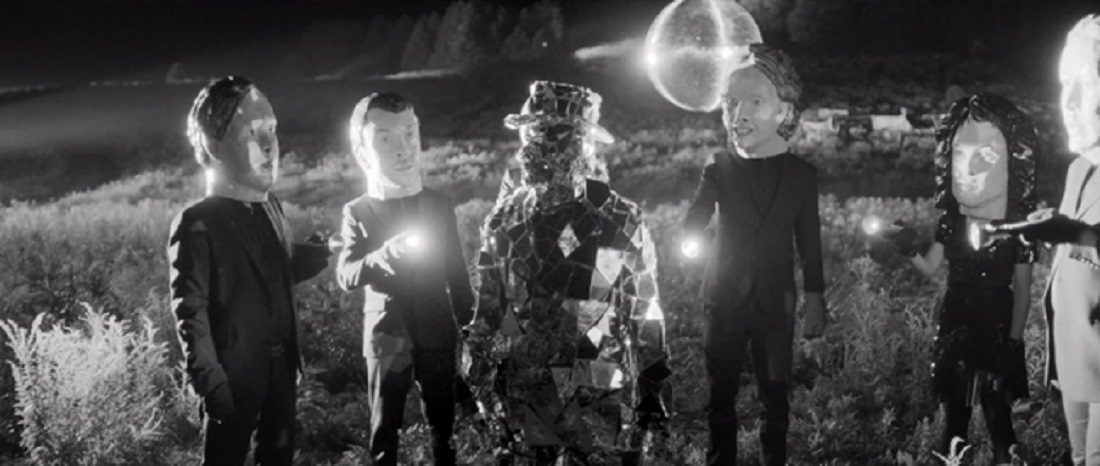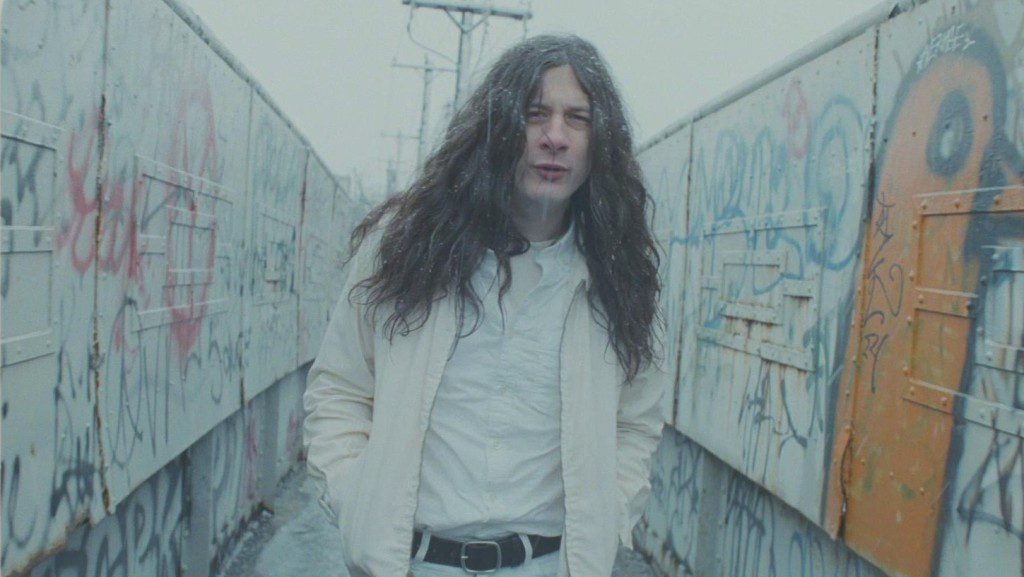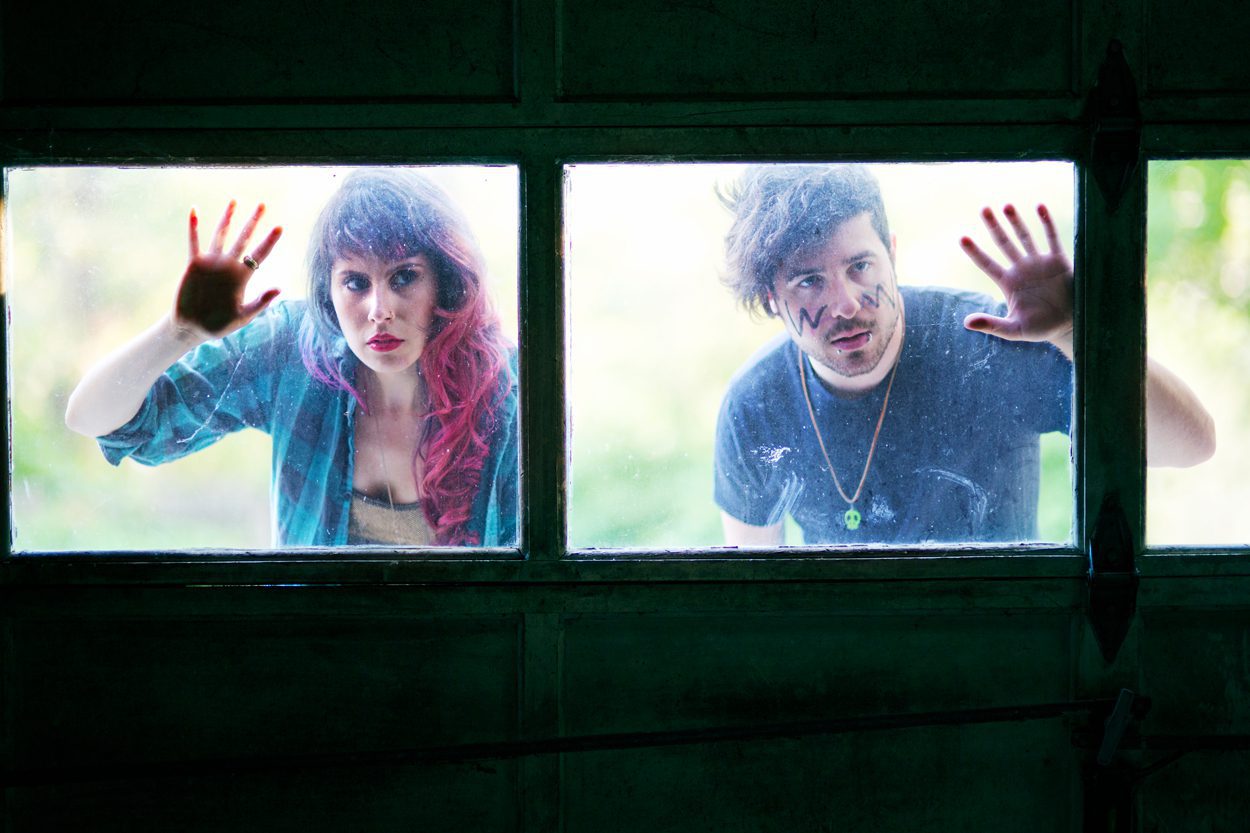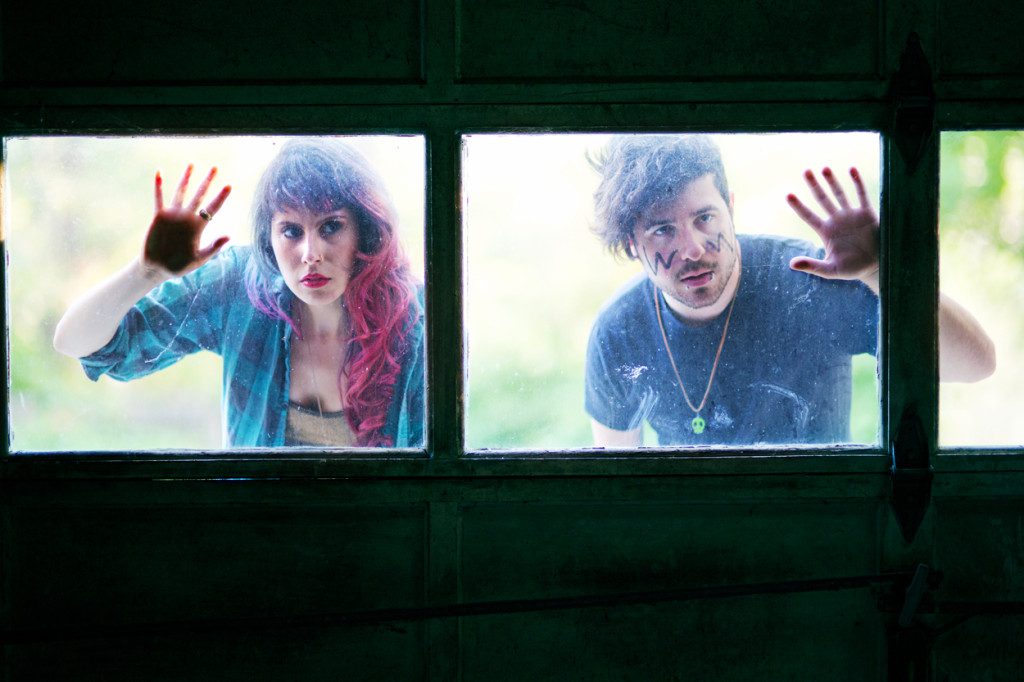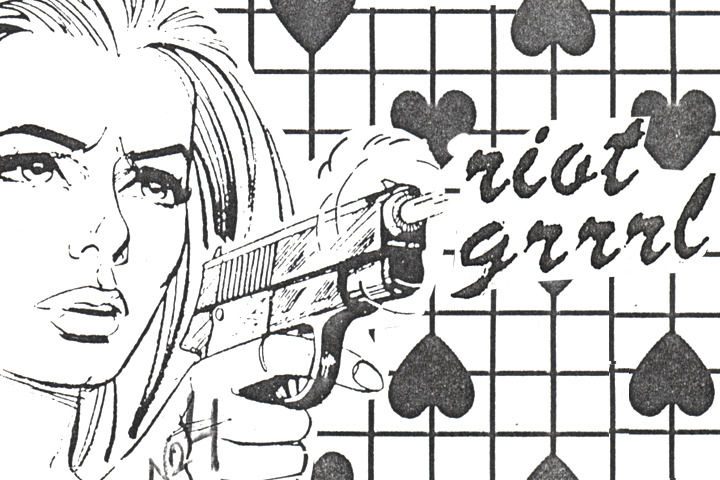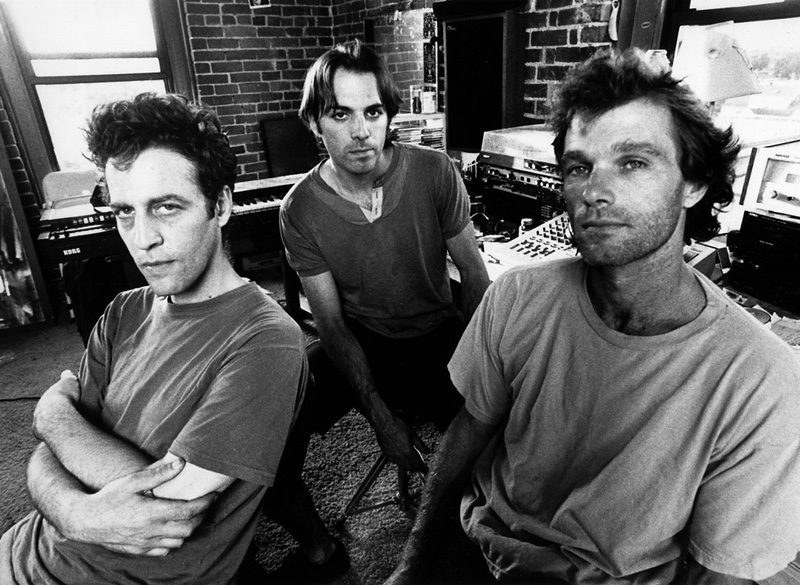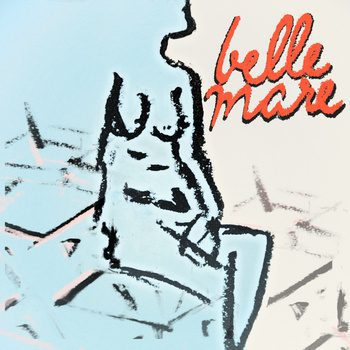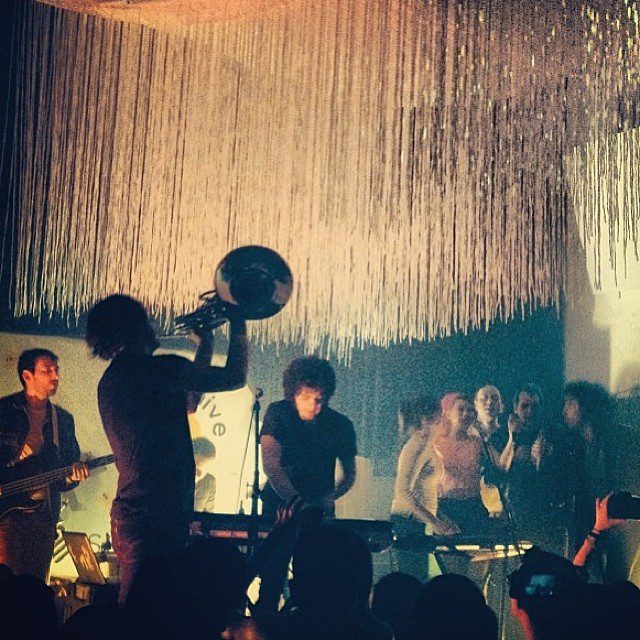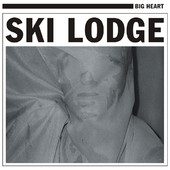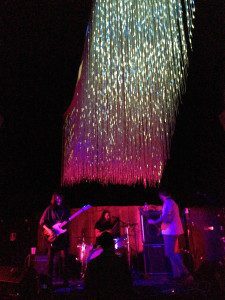
If the theme songs from X-Files and The Twilight Zone or repeated plays of “Monster Bash” and “Thriller” aren’t quite getting you in the mood for Halloween, have no fear (see what I did there?). AudioFemme has compiled a list of the creepiest choruses and bone-chilling ballads, guaranteed to spookify your Spotify and haunt your headphones all season long.
1. Cat Power – Werewolf: At the crux of all lycanthropic legend is the intense pain experienced in the transformation from human to monster. Sometimes the focus is on the excruciating physical changes – teeth and claws elongate, fur bursts flesh, etc. but the poignancy in the myth is the loss of control to the whims of the full moon and the bloodlust it brings to even the most timid changelings. Chan Marshall’s baleful crooning and the spidery strings that anchor this romantic re-imagining of age-old folklore are the perfect expression of the mutant’s pain.
2. The Cramps – I Was A Teenage Werewolf: Lux Interior and Poison Ivy made a name for themselves and their band by referencing horror and sci-fi iconography in many of their songs, and this jam is the quintessential piece of theatrical surf-rock that put their sound on the map. Named for the 1957 movie starring Michael Landon (in which psychological experiments turn a troubled teen into something more sinister), the desperation this track captures is not just that of the werewolf’s plight, but that of being a teenager as well. No one even tries to intervene with the wild mood swings and violent outbursts of our protagonist despite his begging cries. And who can blame them – have you been near a high school around 3PM? Teenagers: more frightening than werewolves.
3. Thee Oh Sees – Night Crawler: Thee Oh Sees are a band that love to infuse their raucous punk-rock with gruesome imagery and a dash of creepy vibes. The towering guitar squall, futuristic synths and distorted vocals on this track, from this year’s excellent Floating Coffin LP, make me feel like I can see and hear in monster-vision as I prowl through the city at odd hours, deformed by toxic slime, just… you know… looking for a little love.
4. Misfits – Skulls: The 80’s horror punk crew took cranium collection to a whole new level with this quintessential anthem. We don’t know why Glenn Danzig wants our skulls (or the skulls of little girls) nor do we know how they’ll be affixed to Danzig’s wall (has he commissioned and built a special shelving unit? Will the bone fragments be assembled haphazardly to his cracked plaster?) except to say this: he is a demon and bathes in the blood of decapitated bodies. Demons just need skulls, okay?
5. Nick Cave & the Bad Seeds – Red Right Hand: The king of murder ballads outdid himself with this one. It’s essentially a tale of a mysterious stranger whose all-encompassing power seems culled from malevolent sources; he can get you what you want, but it may cost you your soul. Nick Cave’s warnings are snarled over loungey organ, orchestra hits, crackling percussion, and even some musical saw, making it an indelible Halloween staple that sounds like no other. But it truly endures because of the intrigue of the elusive man with the red right hand. Like Nick Cave himself, he’s a ghost, he’s a God, he’s a man, he’s a guru.
6. Liars – Broken Witch: Angus Andrew chants the word blood over and over again and incites what sounds an awful lot like some kind of Satanic spell with horses and bears and stuff. From 2004’s brilliant Salem witch trials themed concept record They Were Wrong So We Drowned, a record which you should probably play in its entirety every October if you are not already in the habit of just listening to it all the time, like I did back in college. See also: “There’s Always Room On The Broom” if you’re having an actual dance party.
7. Donovan – Season of the Witch: In 1967, Donovan was busy shedding his folksy reputation for a more eclectic one, which drew on styles as disparate as calypso and psychedelica. On the latter end of those explorations, we have classic psychedelic jam “Season of the Witch”, a song about shifting identities and the strangeness of human personality. When you break it down, the song is really about adopting identities and how in turn that makes all of us changeable, as though under a spell. And while that doesn’t have anything to do with Halloween directly, it’s easy enough to apply to your experience costume shopping at Ricky’s.
8. Talking Heads – Psycho Killer: Here’s the thing about serial killers: you don’t ever really know why they do what they do. In general, their murderous sprees seem to stem from a deep hatred of the human race and complete lack of regard for life or personhood. That’s what makes them psychotic. You don’t have to understand French to get where David Byrne is going with this 1977 anthem that flips the point of view to that of a killer who at the beginning of the song just seems like he needs a little rest and maybe some Lexapro, and increasingly spazzes out until he’s ending lives left and right and reveling in the glory of it. With misanthropes like these, it’s best just to let them be. And with bass lines like this, it’s best to dance like the psycho you’ll hopefully never become.
9. Wooden Wand and the Vanishing Voice – Genesis Joplin: So you want to join a coven? Well you’re gonna have to dance around with minotaurs and stuff. A bunch of devils are gonna wake you up in the middle of the night and draw weird stuff all over you (probably in blood). And then maybe you’ll write a super-chill a cappella jam about it, with just a little sparse percussion to back your possessed howls, but you don’t really have to if you don’t want to because Wooden Wand has you covered. James Jackson Toth’s now ex-wife Jessica sings this one and her voice sounds as smokey and witchy as it needs to sound to pull off poetry that could’ve been ripped from a page out of the Necronomicon.
10. Girls – Ghost Mouth: Christopher Owens has here cast himself as the loneliest, saddest spirit left behind, trying to get to Heaven. It’s probably a metaphor for simply feeling like a ghost, but actually being a ghost is probably also as sad and confusing as Owens’ living, breathing existence.
11. Ariel Pink’s Haunted Graffitti – Creepshow: Seedy and weird as only early Ariel Pink can be, this track seethes with macabre laughter, horror-movie samples, pornographic squeals, and stalker-inspired lyrics droned in low octaves. It perfectly captures the sleaziness of dressing up like a “sexy” version of something only to find yourself in the wrong part of town, whisked into a dilapidated theater for a slasher flick you can’t be sure the actors actually survived.
12. Echo & The Bunnymen – The Killing Moon: Who doesn’t love this song? The kind of person you slay as a sacrifice to the Lunar God, that’s who.
13. The Microphones – Headless Horseman: Phil Elverum’s acoustic ballad about the the Headless Horseman’s painful transition from “mighty human man” to terrifying monster is an extended metaphor for loss and shifting perceptions in relationships. But he’s certainly got an admirable knack for making lines like “I walked aimlessly around with a flaming pumpkin head” sound pretty and melancholic instead of ridiculous. Maybe Danzig will let him borrow one of those skulls he’s been so fervently collecting?
14. The Luyas – Channeling: Montreal band The Luyas wrote most of this record after the sudden death of a close friend and even give credit to “the ghost” in its liner notes; “Channeling” is a seancing song wherein Jessie Stein invites specters to make a host of her. She makes contact through the repetition of the spirit’s name and in trying to hear the key of its voice, promising “I will let you disappear / so long, so long / But I’m giving you my ear / come play your song / if you’d like to stay a while / this way, this way / You can use my body now / To play, to play”. As someone who’s never been able to say “Bloody Mary” in front of a bathroom mirror even once, I have to admire the bravery of that invitation.
15. Timber Timbre – Demon Host: It might not keep the Halloween dance party going, but this acoustic gem pits Taylor Kirk’s haunted wails against questions about spirituality and the nature of death. Instead of trickery, we’re treated to gorgeous imagery over quietly strummed guitars that burst into lush, ghostly chorales and twinkling piano. It’s right at home on the band’s 2009 self-titled album, which features several tracks with still creepier vibes – so much so the band made the album available to fans for free on Halloween the year of its release.
16. Tu Fawning – Multiply A House: Swooning trumpets and startling vocals are only the beginning of this moody murder ballad; the lyrics are darker than a black cat at midnight. Over a deliberate drumbeat, vocalist Corinna Repp sings about sinking bodies and being haunted by houses. Hollowed-out flutes lend atmospherics toward the end of the track, as Repp coos “you’ll be the only one on the hill alive.” Listening to this is like Cliff’s Notes for reading House of Leaves.
17. Wymond Miles – The Thirst: Against a thudding bassline and immediate guitars tinged with new-wave tropes, Wymond Mile’s plaintive vocals relate what could be a vampiric love story: “Death’s kiss upon your lips, a gentle curse / teach me tonight what that spell is worth” he pleads during the second verse. The choruses are spattered with mentions of pale bodies and the moon and death and fire and the song unfurls anthemic from those reference points. It’s too dark for the Twilight saga, but might be right at home on the soundtrack for Xan Cassavete’s excellent Kiss of the Damned.
18. Kanye West – Monster: As much as I really wanted to put “Werewolf Barmitzvah” on this list, the final spot goes to Kanye’s beastly boasting on this single from My Beautiful Dark Twisted Fantasy. Dark, twisted, and beautiful, yes, with a terrifying music video to match, this song features all-star guest appearances from Jay-Z, Nicki Minaj, and Rick Ross, all of whom bring the movie-monster metaphors into heavy play.

